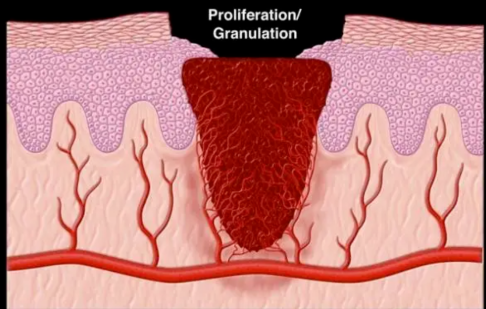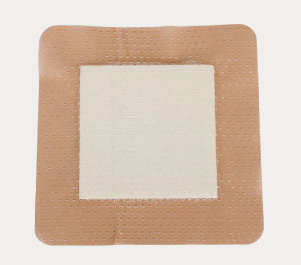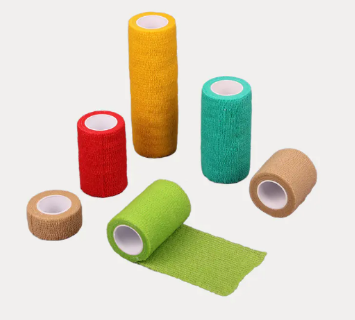Granulation tissue growth in the wound bed plays a key role in wound repair and healing. During the growth process, many factors interfere with its normal development, which will lead to the formation of abnormal granulation tissue, thereby affecting the repair of wounds. Therefore, accurate identification of abnormal granulation tissue in the wound bed and proper treatment of it is an important link to effectively promote wound healing.
What is hyperplastic granulation tissue?
It refers to the amount of hyperplastic granulation tissue that exceeds the amount of tissue required to fill the tissue defect. It is generally considered to be related to abnormal inflammatory responses. Excessive granulation tissue hyperplasia increases the risk of infection and often occurs in secondary healing wounds.
Manifestations of granulation tissue hyperplasia:
1. High humidity
2. The tissue is red or pink and shiny
3. Very easy to bleed
4. The color of granulation tissue is dark red or blue
5. The surface is uneven and significantly higher than the surrounding skin plane,
6. Very easy to bleed.
What causes abnormal granulation tissue?
The specific reasons are still inconclusive, and Vuolo (2010) proposed that there are three types of hyperplasia:
1. Inflammation with excessive exudation due to persistent microtrauma or friction from movement, such as intubation sites;
2. Closed wound environment (possibly due to infection or chronic colonization);
3. Cellular imbalance (Cellular imbalance) - the imbalance of collagen synthesis and degradation due to pathological reasons.
So how to deal with it?
In general, this situation is difficult to deal with. Or prevention is better than treatment, and the excessive proliferation of granulation tissue not only increases the risk of infection for patients, but also hinders or delays the migration of epithelial cells, thus delaying wound healing, so how to deal with it?
1. Surgical pruning:
For definite inflammatory granulation or "granuloma", it is necessary to use surgical scissors to remove unhealthy granulation tissue.
2. Choose a suitable functional wound dressing:
Use Silicone Foam Dressing: It has strong absorption, can absorb exudate vertically, can keep the wound moist, and can effectively reduce the excessive proliferation of granulation tissue. The silicone has the advantages of mild viscosity, safety, and non-irritation.
Increased pressure: It can also be used with an Elastic Bandage compression bandage to help reduce granulation tissue hyperplasia. During use, the effect needs to be closely monitored, and if there is no change within a week, other methods need to be sought.
Note:
1. Discuss treatment options with patients prior to prescribing a regimen.
2. Surgical treatment and long-term operation are not recommended, as they will delay wound healing.
3. If the infection is suspected, secretions should be cultured for bacteria.
4. There are many treatment methods for abnormal granulation tissue, and the effectiveness, safety, and comfort must be considered when choosing a treatment method. In clinical practice, multiple methods are often used in combination to enhance the treatment effect.
For more information on Innomed® Elastic Bandage Self-Adhesive, refer to the previous articles. If you have customized needs, you are welcome to contact us; we will serve you wholeheartedly. At Longterm Medical, we transform this data by innovating and developing products that make life easier for those who need loving care.
Editor: kiki Jia
Date: March 2 2023

 English
English عربى
عربى Español
Español русский
русский 中文简体
中文简体








